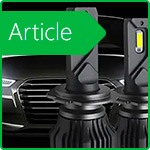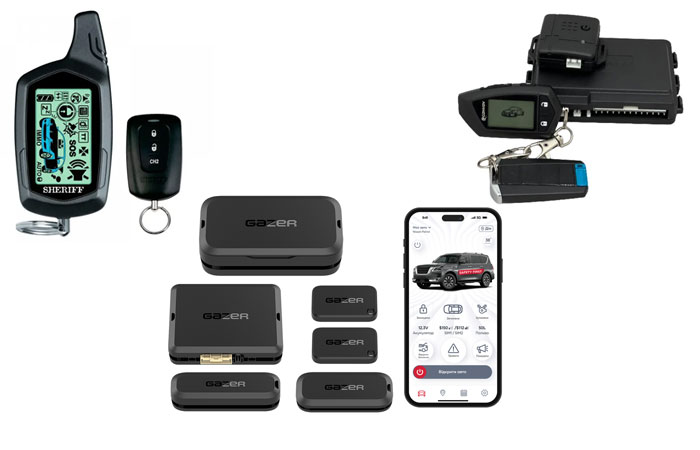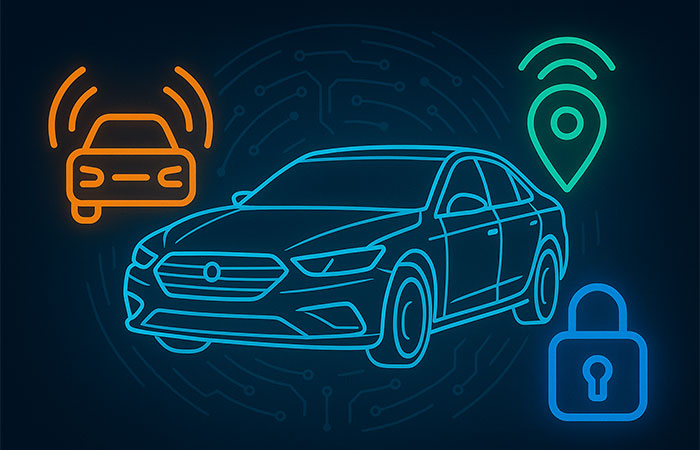How Car Alarms Work: Principles and Core System Modules
Modern car alarms are far more than just a “noisemaker” that scares off thieves with a loud sound. They are complete protection systems, where each module performs a specific task: from intrusion detection to engine lock and owner notifications. To properly choose a security kit or understand how it works, it’s important to know the principles of a car alarm system and what components it includes.
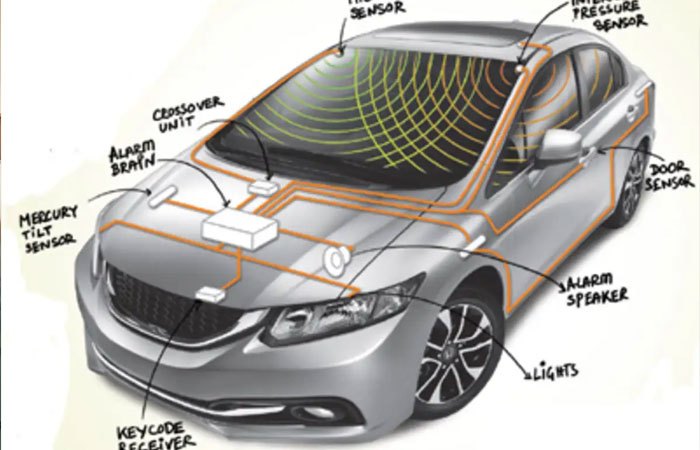
Core Logic of a Car Alarm System
All car alarms — from basic models to advanced GSM versions — are based on the same concept:
- Modules (sensors, locks, remotes) are connected to the central alarm control unit.
- The control unit receives signals from sensors and evaluates the situation.
- In case of a threat, the system triggers the siren, blocks the engine and/or sends a notification to the owner.
Some systems operate autonomously, while others use a mobile app and cloud servers. But all rely on interaction between key components.
The Central Alarm Control Unit
This is the brain of the system. It receives signals from sensors and command signals from the remote or smartphone. Its responsibilities include:
- arming/disarming the system;
- triggering the siren and hazard lights;
- blocking engine start via a relay;
- sending alerts in case of a break-in (for GSM systems).
In advanced models, the central unit supports the vehicle's CAN bus, reading data from the onboard electronics without interfering with factory systems.
Sensors: The Eyes and Ears of the Alarm
Car alarms can use a variety of sensors:
- Shock sensors — react to impacts, knocks, and vibrations. Sensitivity is adjustable.
- Door/trunk/hood sensors — trigger if any entry point is opened.
- Ultrasonic and volumetric sensors — detect movement inside the cabin.
- Tilt sensors — detect towing, lifting with a jack, or wheel removal.
Modern systems allow these sensors to be connected and customized based on how the vehicle is used.
Siren and Signal Elements
The siren is a vital element that performs both sound and visual functions:
- emits a loud alert (100 dB+);
- flashes the hazard lights to attract attention;
- can be autonomous — with its own battery (works even if power is cut).
The siren is usually installed in the engine bay, but in a location that’s hard to disable quickly.
Remotes and Control Methods
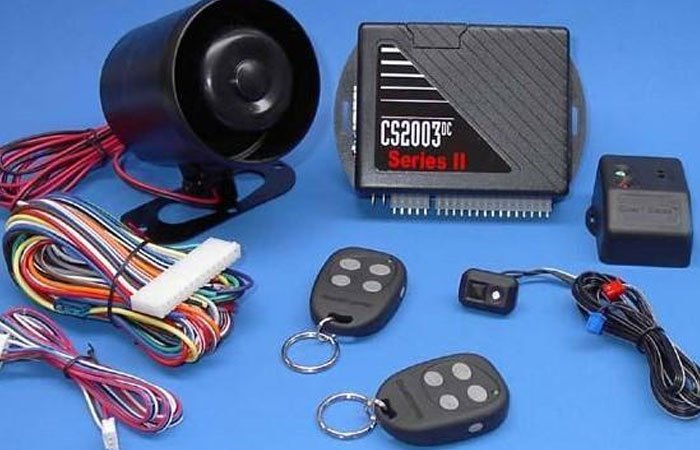
There are several ways to manage the alarm system:
- Basic one-way remote — only sends commands (arm/disarm);
- Two-way remote — receives signals from the car (alerts, events), often with a display;
- Mobile app — full control: start, arm/disarm, alerts, tracking.
Authorization tags are also used — small devices the owner carries. Without the tag, the car won’t start, even with the key.
Additional Modules
Some alarms can be enhanced with extra modules:
- GPS tracker — track the car on a map;
- remote engine start module — starts engine based on temperature or schedule;
- transmission or steering lock modules;
- dashcam integration — for recording break-in attempts;
- multi-user access (family members, company drivers).
How the Alarm Reacts to Threats
- The system is armed.
- A sensor detects movement, impact, or intrusion.
- The siren, hazard lights, and alerts are triggered (if supported).
- The starter or fuel pump is blocked.
- The owner receives a signal on the remote or phone.
When properly installed and configured, this process happens within fractions of a second.
The principle of how a car alarm works is a logical chain of reactions to a potential threat. The system “listens” through sensors, “thinks” in the control unit, and “acts” via the siren, relays, and notifications. The more advanced the system — the greater its adaptability, but also the more critical it becomes to choose the right configuration for your vehicle.
To avoid mistakes, use our car alarm selection tool on our website — and get a solution that truly works.
-
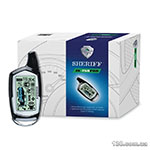 Car alarm Sheriff ZX-750PROBuy4427 ₴ 3496 ₴
Car alarm Sheriff ZX-750PROBuy4427 ₴ 3496 ₴ -
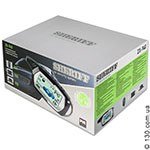 Car alarm Sheriff ZX-940 two wayBuy4225 ₴ 3708 ₴
Car alarm Sheriff ZX-940 two wayBuy4225 ₴ 3708 ₴ -
 Car alarm Sheriff ZX-1095PROBuy5075 ₴ 4017 ₴
Car alarm Sheriff ZX-1095PROBuy5075 ₴ 4017 ₴ -
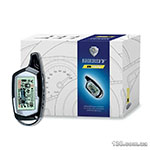 Car alarm Sheriff ZX-1075Buy4331 ₴ 3555 ₴
Car alarm Sheriff ZX-1075Buy4331 ₴ 3555 ₴












